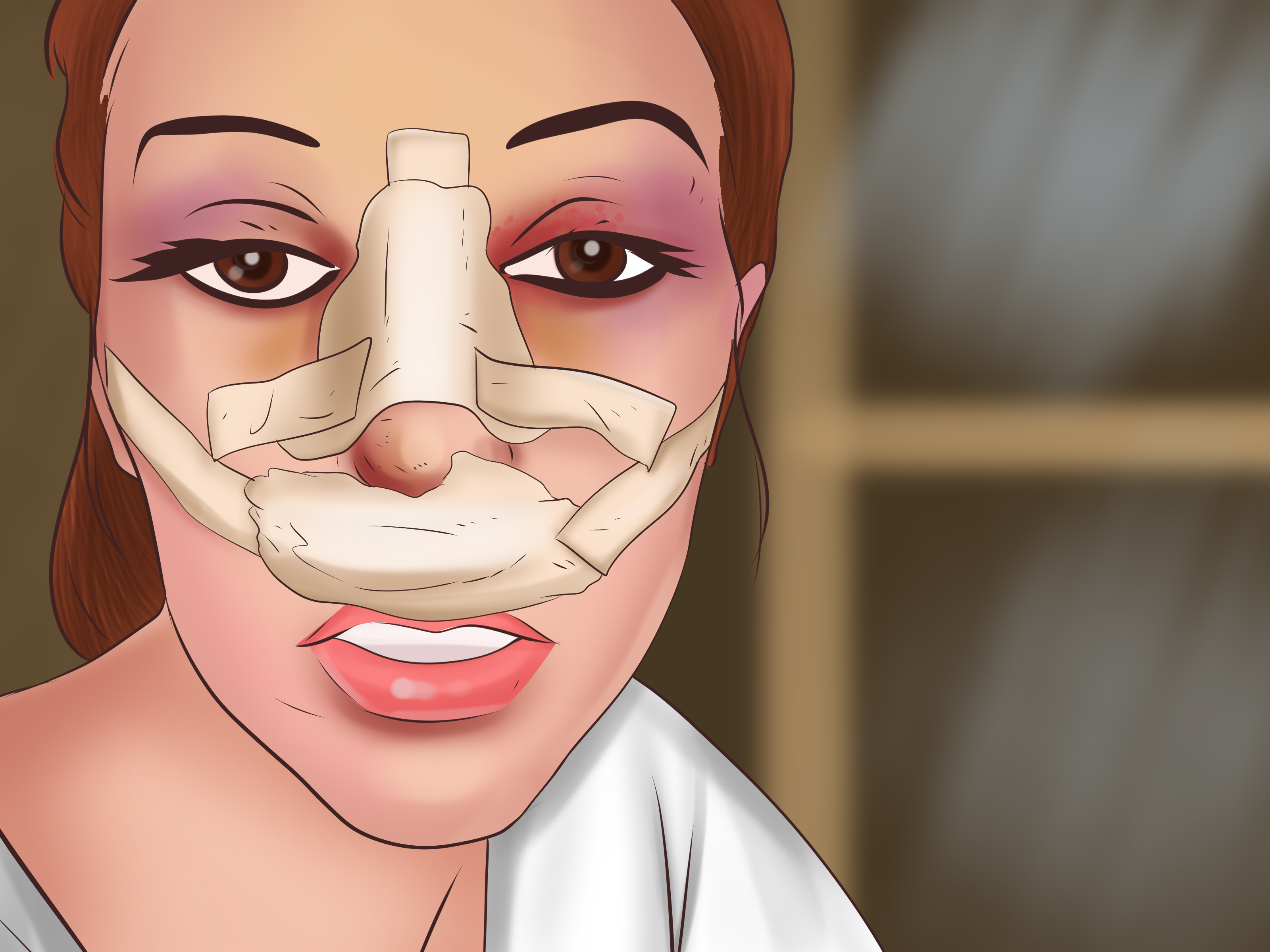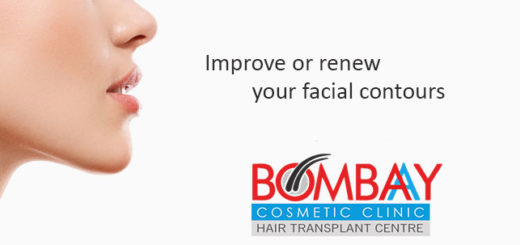FAQs about Liposuction Cosmetic Surgery
The concept of liposuction is surprisingly simple. Liposuction is a surgical technique that improves the body’s contour by removing excess fat deposits located between the skin and muscle. Liposuction involves the use of a small stainless steel tube, called a cannula. The liposuction cannula, typically connected to a powerful suction pump, is inserted into the fat through small incisions in the skin, and fat is removed by suction as the cannula creates tiny tunnels through the fat. During the healing process after liposuction, these tiny tunnels shrink and disappear, resulting in an improved body contour.
- Are there different types of liposuction?
Some offices use different names which mean the same thing. You may hear words such as “lipoplasty” “liposuction” or “suction lipectomy” – they all mean the same thing. Procedure can be eased by help of SAL, UAL and power liposuction.
- Who is a good candidate for liposuction?
A good candidate for liposuction is defined as any patient who is likely to be happy with the results of liposuction. The best candidate for liposuction are in good health and have realistic expectations of what liposuction can accomplish. Liposuction can provide a good candidate with a significant improvement, but it is unlikely to achieve perfection. There is no definite age or weight limit for patients who are “good candidates” for liposuction. Many liposuction patients are of average size but are concerned about localized accumulation of fat. However, some of the happiest patients have been individuals who are somewhat obese. A good candidate usually has one or more localized accumulation of fat that can be removed by liposuction.

- What regions of the body can I have liposuction?
Many areas of the face and body can receive liposuction. The common areas are the cheeks, chin, neck, upper arms, abdomen, hips, buttocks, thighs, knees, calves, and ankles.
- Can I do multiple areas at the same time?
Yes. We will discuss what procedures may be performed at the same time while still being safe. Many patients will opt to have liposuction and breast augmentation surgery OR liposuction and tummy tuck surgery at the same time. Combination or “Makeover” surgeries can give dramatic results.
- Is liposuction a reasonable treatment for obesity?
Liposuction is not a good treatment of obesity. Liposuction is not effective, even as a last resort, for people who are unable to lose weight by dieting and exercise. Obese patients almost always regain the weight that is removed by liposuction unless there is a dramatic reduction in calorie intake or a significant increase in calorie expenditure. Whenever large-volume liposuction has been used in an attempt to treat obesity by surgery, there has been a significant increase in the incidence of serious surgical complications. It is not safe to remove huge amounts of fat by liposuction. It is dangerous to remove more than 8 to 10 litres of fat by liposuction in a single day. Thus, liposuction will not be of any significant benefit for an obese patient who believes that liposuction will aid in the effort to lose weight. On the other hand, an overweight person whose weight has been stable for many years and has certain problem areas of fat may be a good candidate for liposuction. Liposuction in an obese patient is reasonable when the goal is to improve a troublesome body contour area. It is not reasonable to use liposuction as a surgical technique for weight loss.

- What is a successful liposuction surgery?
A liposuction surgery is a success when the patient is happy with the results. The surgeon’s goal is to obtain an optimal aesthetic result rather than to maximize the amount of fat removed. One of the most common causes for disappointment in the results of liposuction surgery is the removal of too much fat, which produces an abnormal or unusual appearance. The cosmetic success of a liposuction surgery is often the result of removing an amount of fat equivalent to less than a pound or two of butter from a woman’s saddlebag area or from a man’s love handle area. While this amount of fat is relatively small compared to a person’s total body weight, it does produce a dramatic change in the patient’s silhouette.
7. Can loose skin be treated with liposuction?
Liposuction improves the silhouette of the body, but does not necessarily eliminate the pre-existing subtle “puckering” of the skin that is often referred to as “cellulite.” Liposuction does reduce the degree of cellulite to a minor degree but it is unlikely to produce a significant improvement or to completely eliminate cellulite.
- Does liposuction produce permanent results?
After liposuction the body’s new shape is more or less permanent. If a patient does gain a moderate amount of weight after liposuction, then the figure will simply be a larger version of the new body shape. Fat cells that are removed by liposuction do not grow back. As long as the patient does not gain excessive amounts of weight, the new, more pleasing silhouette is permanent. Of course after liposuction the clock keeps ticking, and advancing age will produce the usual changes in the shape of the body associated with the aging process. If a person gains weight after liposuction, she/ he will not accumulate as much fat in the treated areas as would have happened if liposuction had not been done.

- What alternatives are there to Liposuction?
Liposuction is never absolutely necessary. If you decide that liposuction is not for you, then you may consider the following alternatives to liposuction. Weight loss without liposuction can produce excellent aesthetic results. Weight loss can be achieved by dieting or by increase exercise. An alternative to abdominal liposuction is a tummy tuck.


